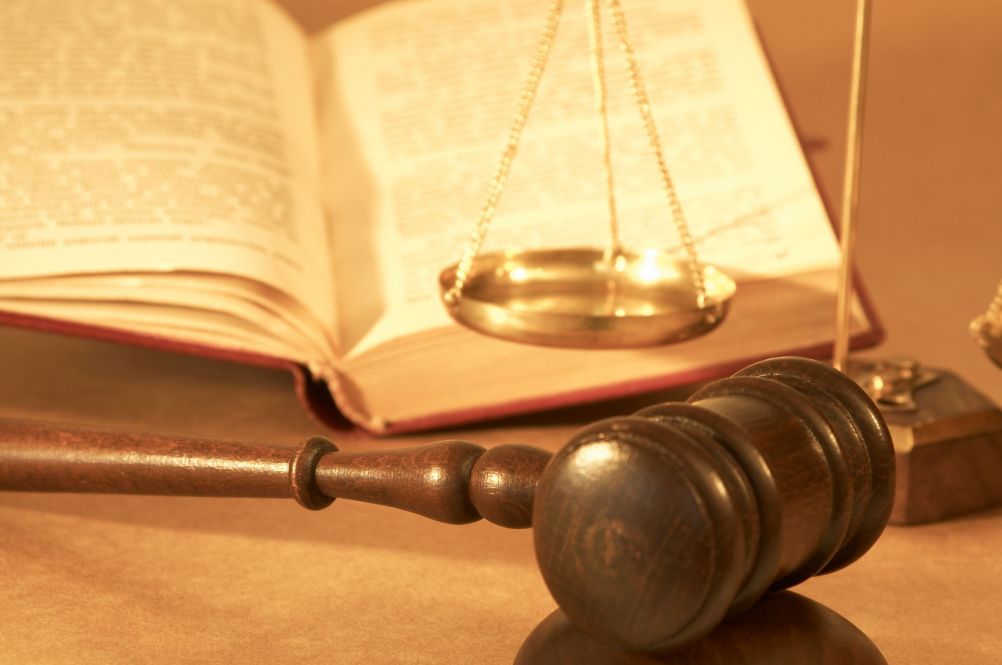By David Wolf, Attorney Published by Child Injury Lawyer Network

When a child is abused, molested, or assaulted, there can be legal consequences in the form of a criminal proceeding, administrative proceeding, and / or a civil proceeding. In each legal arena or court, proof or evidence will need to be presented so substantiate the allegations. In some cases, the evidence is overwhelming and a prosecution, conviction, or judgment is strongly supported. In other cases, law enforcement, investigators, prosecutors, government officials, and / or private attorneys are sometimes challenged to find the right evidence to prove the allegations. It should be noted that each State has a set of evidentiary laws as to what evidence is admissible and what evidence is not admissible in a given legal proceeding. As such, what may appear to be a strong case on the face may not be if the evidence is limited or excluded by the Judge. Because of the intricacies of the legal proceedings including those related to evidence, it is often times helpful to have the advice, consultation, and legal representation (when appropriate) of a Child Injury Lawyer on these matters. Here are some examples of evidence that may be admitted in a legal proceeding to prove the abuse, molestation, and / or sexual assault of a child. Again, it should be noted that the existence of the evidence is a different concept than the admissibility of the evidence.
DNA Evidence. DNA of the suspect / Defendant can be collected from the victim. This can include bodily fluids, blood, or skin. These items may also be detected and collected on clothing, bedding, furniture, and other items.
Fingerprints. If the Suspect / Defendant had no prior relationship or contact with the child, fingerprint evidence may be helpful to prove the allegations which includes the presence of the Suspect / Defendant in a home, vehicle, or other location.
Medical Records and Photographs of the Injuries. Following an Assault, Molestation, or Abuse of a child, medical records and photographs can help substantiate the injuries sustained by the child.
Admissions / Statements of the Suspect / Defendant. The Defendant / Suspect may have made statements to the victim, witnesses, friends, family members and others. These admissions may be used as evidence to prove the allegations of assault, abuse, or molestation. The victim or a third person can testify as to the statement made by the Defendant. In addition, a tape recording or videotape of the statements may be very helpful to the pursuit of the legal case. This assumes that no laws were broken in the State where the recording / videotape was obtained. Some States have wiretap laws that prohibit the recording / videotape of a person in a private location without the person’s knowledge or consent. Controlled recordings by audio or video tape that comply with the law on point are probably the best evidence in these situations.
Text Messages and E-Mails. Text messages / E-mails on stored on mobile phones, computers, and servers for a certain period of time. Of course, text messages that admit to the improper relationship, assault, or molestation would be very strong evidence in a case. Even if the text messages / e-mails do not serve as direct admissions in a certain case, text messages / e-mails can be used as circumstantial evidence to show contact with the child and evidence that is consistent with the allegations made by the child victim. E-mails / test messages should be printed out and otherwise saved in case a phone / computer is washed or the data otherwise becomes corrupted and unavailable.
Facebook and Social Media. Some Suspects / Defendants will post photos and details of their exploits on Facebook, Socia Media, and other outlets.
Photographs and Videotapes. In some instances, there are photographs and / or videotapes of the incidents of abuse, assault, or molestation. In other instances, there are photographs or videotapes that tend to show or substantiate the inappropriate relationship. These items should be collected and stored in a safe place and presented to law enforcement, social services, investigators, and attorneys as needed as evidence in the pursuit of the applicable legal proceeding.
Gifts – Favored Treatment – Money. In many instances, the Suspect / Defendant will attempt to buy the affection and loyalty of the child victim through gifts, favored treatment, or money. These acts can take place prior to, during, and after the time period that “bad acts” were committed. While generosity is not in and of itself proof of a crime, strange behavior can serve as additional circumstantial evidence on a particular case. Gifts can include jewelry, toys, gift cards, electronic equipment, mobile phones, etc. . . Favored treatment may include grades, playing time, meals, transportion, etc. . .
 Child Injury Lawyer Blog
Child Injury Lawyer Blog

